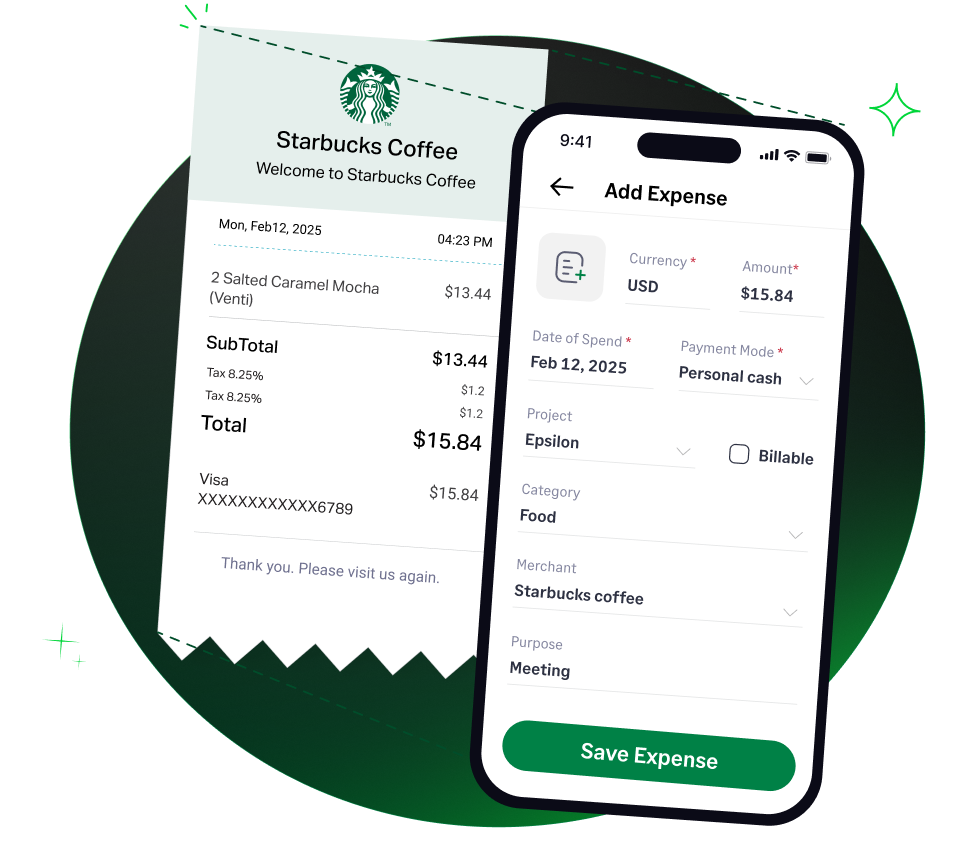✨ Exciting news: Fyle is now part of the Sage family! Learn more in our press announcement >
 4.6/51670+ reviews
4.6/51670+ reviewsFor most businesses that operate from a physical location, rent is one of the largest and most consistent operating costs. Whether you lease an office, a retail storefront, or a warehouse, the payments you make for the use of that space are a fundamental part of your budget.
The good news is that these rent payments are a fully deductible business expense. However, the IRS has specific rules that distinguish a true lease from a disguised purchase, and for handling prepayments. This guide will clarify how to categorize rent for your business premises to ensure you remain compliant and accurately report your expenses.
The payments you make to lease your office, store, or other business property are classified as Rent Expense.
IRS Publication 535 defines rent as any amount you pay for the use of property you do not own. As long as the rent is for property used in your trade or business, the cost is a deductible expense.
To deduct rent correctly, accountants and business owners must be aware of several key IRS rules.
This is the most critical distinction. You cannot deduct payments for a property if you have or will receive equity or title to it. Publication 535 states that an agreement may be a conditional sales contract, not a lease, if any of the following are true:
If your agreement is deemed a purchase, you must capitalize the cost and depreciate the building instead of deducting rent.
You cannot deduct rent payments far in advance. According to Publication 334 if you pay rent in advance, you can only deduct the amount that applies to the use of the property during the current tax year. For example, if you pay for a 24-month lease upfront, you can only deduct 12 months' worth of rent on your current year's tax return.
If your lease agreement requires you to pay the property taxes for your landlord, Publication 535 states that you should deduct these payments as additional Rent Expense, not as taxes.
If you rent your business premises from a related person (such as a family member), the rent you pay must be reasonable. To be considered reasonable, the amount should be what you would pay to a stranger for the use of the same property. You cannot deduct unreasonable rent.
To deduct your rent expense, you must report it correctly and maintain thorough documentation.
For a sole proprietor filing a Schedule C (Form 1040), the rent paid for your business premises is deducted on Part II, Line 20b, Rent or lease - Other business property.
You must have documentary evidence to substantiate your rent expense. Your records should include:
Fyle simplifies the management of your lease payments and documents, ensuring every payment is captured, coded, and ready for tax time.




